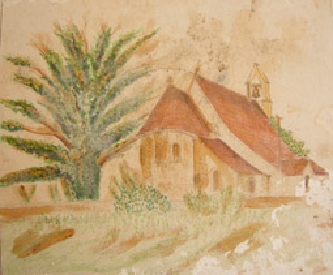|
||||||||
| Created 05-05-2002 Last update 20-01-2021 | ||||||||
|
|
||||||||
|
|
||||||||
|
||||||||
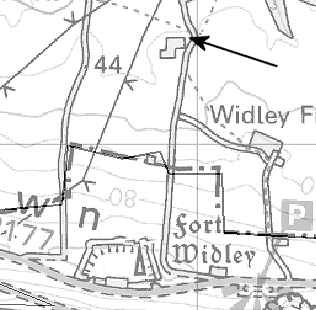
|
||||||||
|
||||||||
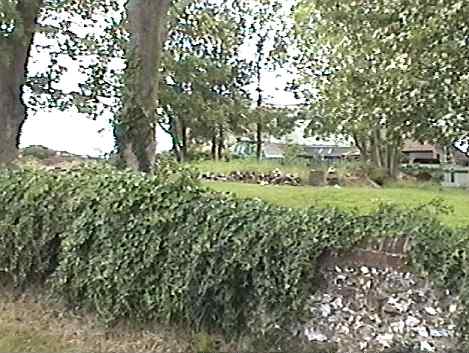
|
||||||||
|
||||||||
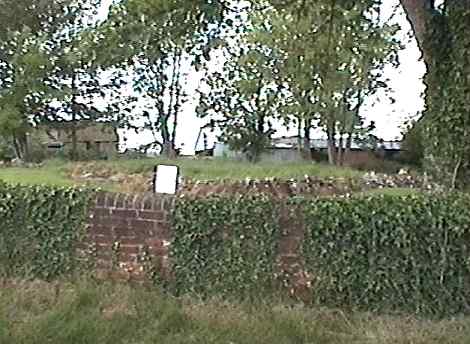 |
||||||||
|
||||||||
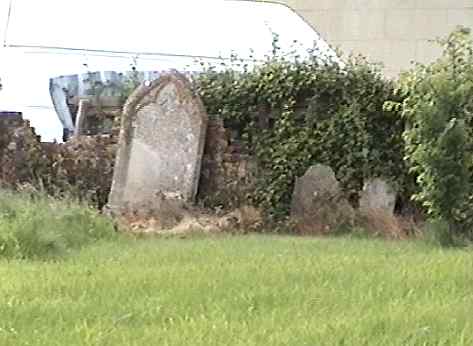 |
||||||||
|
||||||||
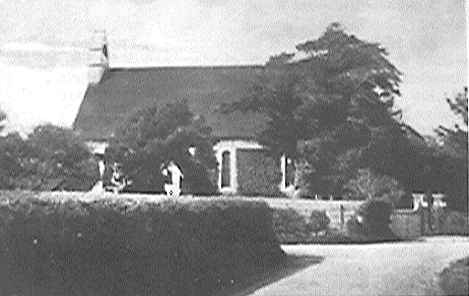 |
||||||||
|
||||||||
 |
||||||||
|
||||||||
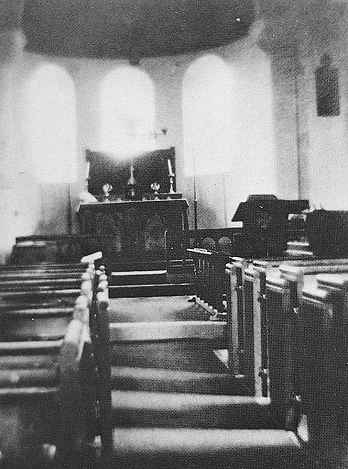 |
||||||||
|
||||||||
|
|
||||||||
|
NEW - 13-01-2011 |
||||||||
|
My family, the Rays, were resident in Widley in the 18th and 19th century and probably centuries before. They farmed at Pigeon House Farm in the 1790s and there is a tantalisingly named Ray’s Farm on a map of 1791 north of the site of Old Widley village. The graveyard at St. Mary's is full of Rays! I discovered the church site through your website several years ago and me and my father visited and discovered on the surface a set of grave stones (head and foot) for an ancestor called Benjamin Ray d. 1838, buried with his 2 (consecutive!) wives and 3 of his children.
We returned this weekend and all the stones have gone. Do you know why and
when this was done? [Does anyone know the answer to this?] The
trees look nice but we were disappointed the stones had gone. Thanks for a
great site. |
||||||||
|
|
||||||||
|
NEW - 02-11-2006 |
||||||||
|
I went to Wymering church yesterday to see the church where one of my ancestors, Thomas Palmer, was vicar in 1737. He was vicar of Wymering and Widley at that time. I asked the person who allowed me to look around the church, where Widley church was and he told me that Widley church was no longer there. That is why I was looking on the web to see if I could find some information or pictures of it when I came across your website.
I was born in Meonstoke, near Droxford but we moved to
Shedfield was I was about 6. My father worked for Cases Bakery in Wickham
and was a bakers roundsman. He used to deliver around Denmead, Lovedean,
Horndean, Hambledon and HMS Dryad and many other places near. |
||||||||
|
|
||||||||
|
|
||||||||
|
||||||||
|
|
||||||||
| NEW - 20-01-2021 | ||||||||
|
As an insomniac I often think of something to research on the internet in the early hours of the mornings. Today, at 5am, I came across your piece about the ancient site of the church in Widley Walk. It was like a blast from the past and so interesting. In 1951 and living in post war Portsmouth, my father, wanting a better life for his family, took a job as chauffeur and gardener to a doctor living in Potwell House, Mill Lane, which lies to the west of Fort Widley. With the job came the use of a cottage, number 1 Potwell Cottages, and my first 10 years were spent running free in the woods and countryside around our house. Sadly now nothing remains of our cottage or any of the other dwellings in the hamlet of Potwell apart from Potwell House. In 1959 we moved, following a change of job for my Dad, to one of the council houses in Widley Walk. I believe the land these 8 houses stand on was originally donated to Winchester City council by the owner of Southwick estate, to build accommodation for farm workers. Following the death of my father in 1967 and the sudden death of my mother in 1971, just three weeks after my wedding, my husband and I became tenants in Widley Walk where we raised our family and still live today. Now in our 70s we still enjoy the countryside around us and have a love of nature that our children have inherited. I remember as a child ,as you did, climbing to the top of Portsdown Hill and looking down on the city and thinking that there is nowhere else on earth I would rather live. Now to the point of my story. The Coronavirus pandemic has seen us confined to home apart from occasional forays for shopping and exercise. Yesterday we ended our daily walk by coming down Widley Walk from the top of Portsdown Hill past the site of the church of St Mary Magdalene. It is in a very sorry state now. The boundary wall has collapsed in places, the information sign has rotted away and fallen over and the whole site is overgrown and muddy. I don't know if there is anyone or any organisation that would take responsibility for maintaining this part of history that could sadly be lost forever.
Thank you for your website, where at least a record will remain for
locals like us to read about and enjoy our history.
|
||||||||
|
|
||||||||
|
|
||||||||
